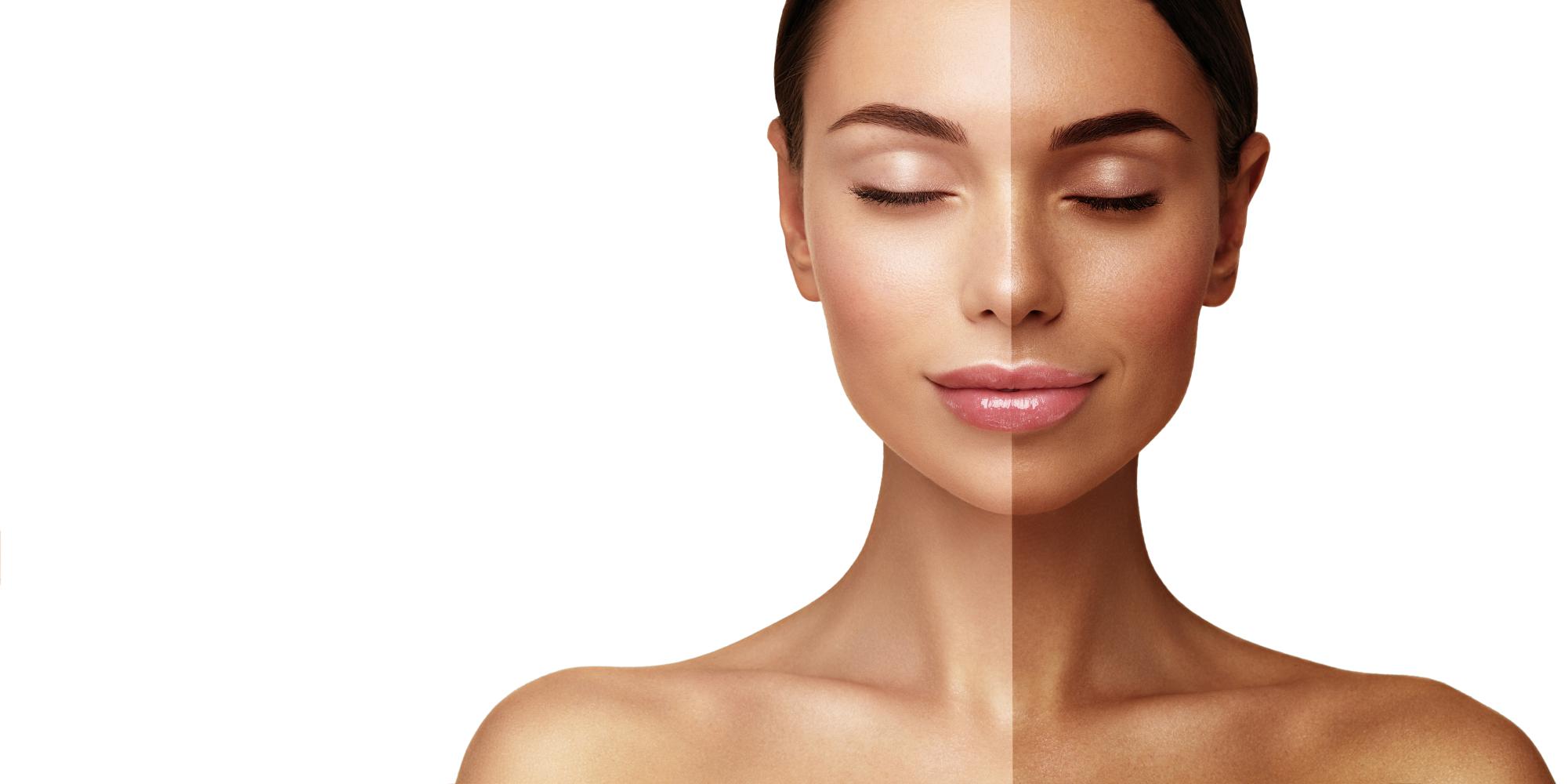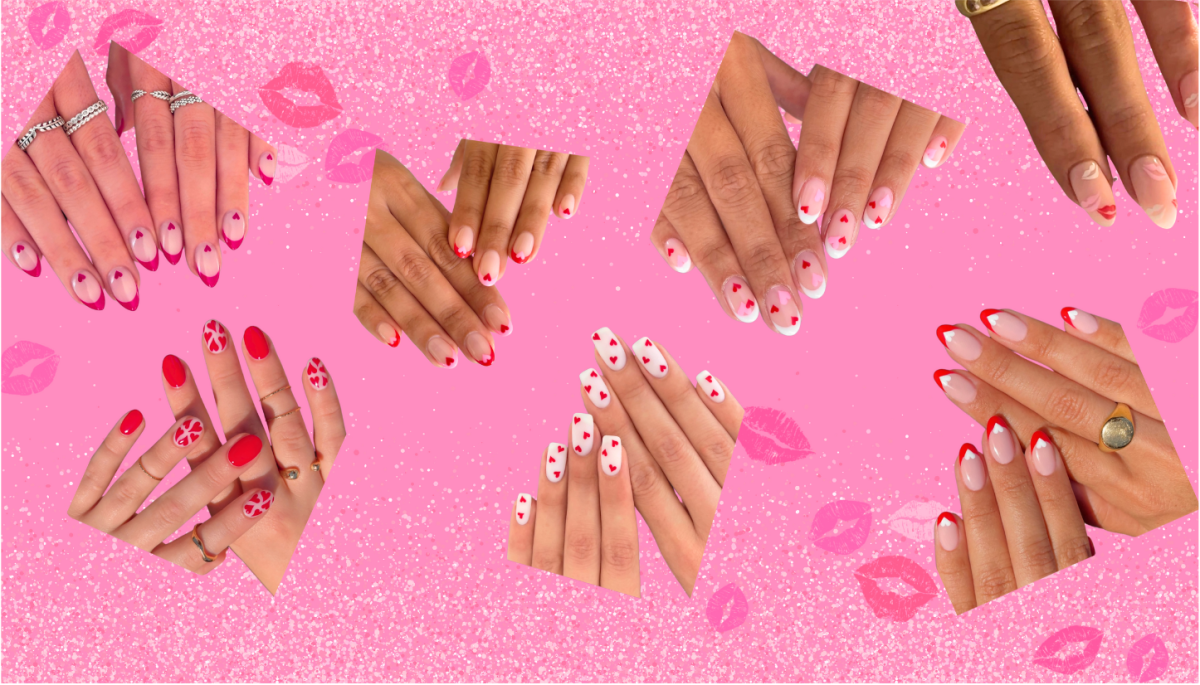More than one million people tan in tanning salons in the U.S. every day. Tanning is the act of darkening your skin using ultraviolet (UV) rays from the sun or tanning beds to produce melanin in your skin. Medical News Today states that sun exposure while tanning may increase vitamin D levels, improve mood, reduce eczema and rhinitis in adolescents , and, according to the opinion of many, improve the appearance of skin.
While there are many benefits to tanning, there are many risks that come as well. According to the Skin Cancer Foundation, “UV radiation is a proven human carcinogen, causing basal cell carcinoma (BCC) and squamous cell carcinoma (SCC). UV exposure that leads to sunburn has proven to play a strong role in developing melanoma, a dangerous type of skin cancer. Research shows that the UV rays that damage skin can also alter a gene that suppresses tumors, raising the risk of sun-damaged skin cells developing into skin cancer.” For those who may want to avoid excessive UV rays, an alternative to tanning beds and sun tanning can be the use of self tanners that produce a coloring chemical called DHA to darken the skin, that quickly leaves you with a sun-kissed glow. However, if not applied correctly, self tanners can appear blotchy and uneven. Therefore, some people opt for a professional spray tan at a salon.
While tanning may be dangerous, many people still do it. If you still wish to tan, here are some tips by professionals to help minimize the risk of skin cancer:
- Avoid the sun from 10 a.m. until 2 p.m., when UV rays are strongest.
- Regularly apply a broad-spectrum sunscreen of at least SPF 30. Re-apply after swimming or sweating, even if the sunscreen is water-resistant.
- Avoid spending excessive time in the sun in one session. It is better to tan in shorter intervals, as a person may not appear burnt until they go inside.
- Wear a hat and sunglasses with 99–100% UVA and UVB protection to protect the scalp and eyes.
- Drink plenty of water and take regular breaks to avoid dehydration and heat exhaustion.
- Seek shade or go indoors if the skin starts to look pink or feel sore. People with darker skin should note that they may not notice any changes in skin color.







